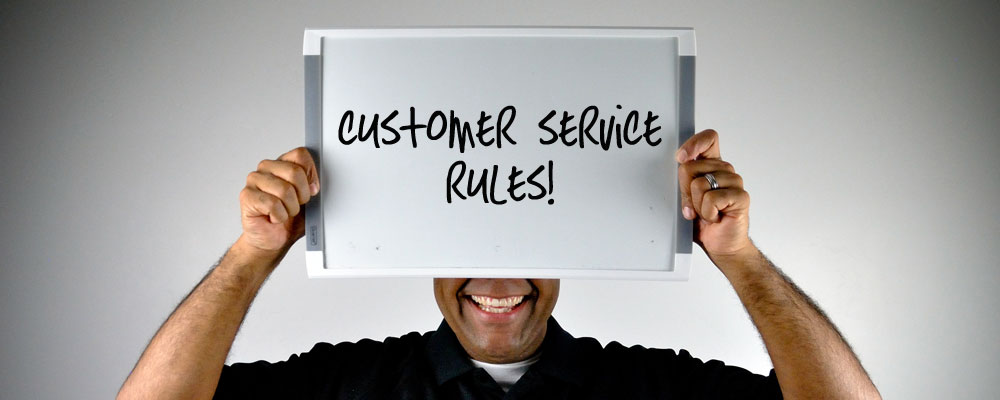Being a part of the “Millennial” generation, I can proudly say that I have experienced both the new and old way of doing things in life. As a proud 90’s kid, I still remember what life was like before the age of the World Wide Web and high end technology at the fingertips of consumers. For me, growing up with hand held electronics was closely associated with the game Simon and beep, bop and boop noises.
Now things have changed and we are closer to living in a world that only science fiction had dreamed about. In this day and age, everything has changed regarding technology. For the most part, it seems that people have a mobile device that allows them to stay communicated to the outside world through videos, social media and pictures. So yes, there has been a great deal of change since the 90’s. The most interesting aspect in all this change is how marketing strategies have changed to keep up with the consumer world.
Back before the social media boom that happened in the last ten years, marketing to consumers seemed to follow a standard formula that worked for the most part. Sales and print advertising were two highly successful methods of reaching consumers and persuading them to consider purchasing a specific product. If not speaking with someone first hand, you would read about a discount in the newspaper, a magazine or even a flyer stuck on your windshield.
Now, a new formula is being used that has changed the game entirely. Marketing has found that the most successful way to reach people is online through websites due to the frequency of how many people use the internet on a daily basis. The difference in methods is that people are being sold to through social media sites. Every day, people at some point will scroll through their News Feed on Facebook and Twitter to see what is new in their world. Coming from a business standpoint, it’s the easiest way to put a small post about a weekend sale, new product or event happening. Even for a brief moment, a follower will glance at this post and that’s what truly matters.
A key aspect to marketing that many companies use to reach consumers is through online engagement. While technically not sales, these are simple interactions with a consumer, and engagement through Facebook and Twitter can improve someone’s view towards a company.
There are several benefits to utilizing this type of marketing strategy from a business standpoint. First, interacting with followers provides the opportunity for real time updates about the company and any programs currently in place. That means the consumer is able to see what is happening right now, as opposed to looking at a newspaper ad that has been in circulation for the past month. The next and most lucrative aspect is cost. Every business is continuously looking for ways to turn a profit and cut down on quarterly spending. Through online interaction, a company is eliminating paying for advertisement design, printing and distributing to the masses. Online engagement comes at the cost of your electric and internet bill (we will let you break those numbers down), or the cost of a social media manager (which is usually significantly less than print advertising). Lastly, the value of interaction and what it does for potential consumers. Online engagement at its core is just a conversation with a hint of sales. Having a real person communicate with a real customer can have endless positive outcomes. Through engagement, a company can communicate with people on a daily basis and simply check-in to see how they are doing. Selling to a customer should be done lightly. The last thing a company wants to do is spam someone’s feed because that will quickly translate into people unfollowing a company.
Engagement is much different than old timey methods of “spray and pray” advertising. This method makes a consumer feel recognized as a person and not a sales target. In sales terms, engagement is a different take on approaching customers. For example, humor can be used in a very successful way to interact and keep a brand fresh in someone’s mind. Netflix has most notably conquered this technique by constantly engaging with customers and even joking with them using witty responses and references. In one particular case, Netflix approached a customer complaint as a make believe Captain of the Netflix ship, and maintained character through the conversation with the customer. As a result the customer was so taken back by the service provided by Netflix, they posted the online conversation to a blog, which later received a fairly large amount of attention from people all over the world. That is a true testament to the lengths of what good online engagement can do for a company.
What this all means is that the world of marketing has changed in a very big way. It has transitioned from a slow moving buggy into a face paced advertising machine that is all about precision marketing to consumers. Yes, print advertising still works, but it’s cold and impersonal. Online marketing through social media has proven time and time again that interacting with people as a company has a much more beneficial outcome not only for business but the overall brand.




